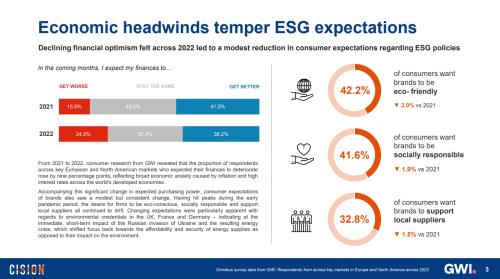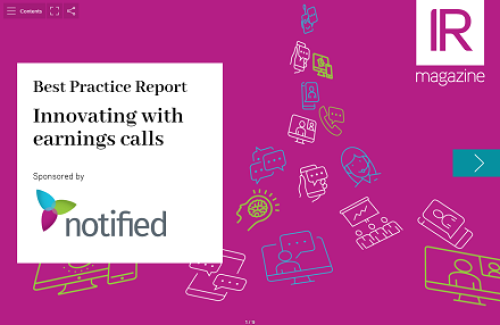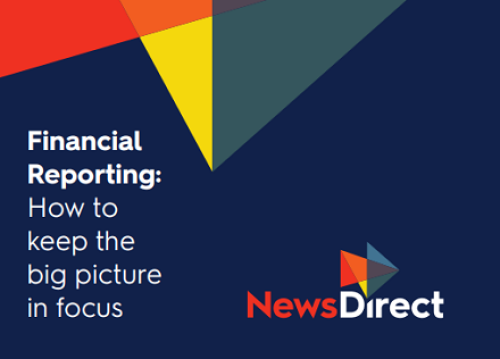Six bite-sized answers on XBRL basics for when your CEO calls
Is this really happening?
The SEC’s interactive data proposal sat in limbo for most of 2008 and as recently as December 2008 was still being debated. But the rule was pushed through before year-end and finally entered the Federal Register on February 10.
Interactive data, or XBRL, is hitting its stride as the tech-loving Obama administration works to rescue the economy. SEC chairman Christopher Cox wrote in the New York Times in October 2008: ‘Transparency is a powerful antidote for what ails our capital markets’, and XBRL plays right into that ethos. In December maverick businessman Mark Cuban blogged that XBRL will prevent fraud. Last month a Wired magazine manifesto, ‘Transparency now!’, invoked XBRL to set corporate data free, empower all investors and create an army of citizen regulators.
When do we have to do it?
There will be a three-year phase-in. The 500 or so largest domestic and foreign US-listed companies with a worldwide equity float over $5 bn must use XBRL for fiscal periods ending on or after June 15, 2009, so calendar-year-end companies will start this summer with their second quarter 10Q.
The remaining large accelerated filers, around 1,200 companies, will begin with Q2 2010. They should start getting ready in the late summer or early fall, if not sooner, with practice XBRL statements for their year-end and Q1. All other SEC filers will start in 2011.
The valuation cut-off date for the first group of 500 is the end of the second quarter of the previous fiscal year, which for most was June 30, 2008. Neal Hannon, a widely followed XBRL consultant who runs AAA Interactive Data Associates in Stamford, Connecticut, notes that last June Ford Motor Company, for example, had a float of nearly $10 bn. If the SEC had instead chosen January 2009 as the cut-off, Ford would have been exempt from the first wave. Many of the first 500 will likely be under $5 bn when they start.
What has to be ‘tagged’?
In the first year, XBRL is required for the income statement, cash flow statement, balance sheet and statement of shareholders’ equity. Footnotes can initially be tagged as blocks of text. In the second year, footnotes will have to be tagged in detail.
The SEC also permits but doesn’t require companies to tag narrative disclosures. Hannon predicts that enthusiasts like United Technologies and Microsoft will ‘tag at a very granular level’, but few other companies will follow suit, at least for the first few years.
Look out for more tagging to be mandated by the SEC. Wilson So, director of Hitachi America’s XBRL business unit, says the earnings release will be next. ‘It’s very time-sensitive information, and considering XBRL’s nature, it would be good use of the technology,’ he notes.
How much will it cost?
The SEC included cost estimates in the final rule. Gary Purnhagen, an independent XBRL consultant and former Merrill Corporation executive, thinks the commission is mostly on target. He says the first year will cost around $100,000 no matter how big the company, or whether it outsources the job or does it in-house. The second year, with detailed footnotes and schedules, will cost around the same. After that the cost should drop by around a third if no new tagging is mandated.
Purnhagen warns against basing cost estimates solely on the experiences of voluntary program filers. Financial printers trying to build market share have practically given away XBRL services since the voluntary program started in 2005. ‘They don’t have unlimited bandwidth and I don’t think you will see the same aggressive pricing from now on,’ Purnhagen says.
What if we’re late?
First-timers will have a grace period of 30 days after filing their 10Q to submit XBRL statements. In subsequent quarters, XBRL statements must go the same day as the 10Q; late ones will be treated much like late 10Qs or 10Ks, with a company losing eligibility for form S-3 and S-8 registration statements and Rule 144 offerings. But there’s a bright spot: once the tardy XBRL statements are submitted, the company get its eligibility back immediately.
Perhaps the biggest surprise in the final XBRL rule is that the 30-day grace period will apply only to the first quarter a company uses XBRL, not the whole first year. Hannon says there will be some scrambling, especially for companies outsourcing XBRL conversion: ‘Without the 30-day cushion, vendors are going to be extremely pressed to get the tagging done and approved by management to finalize it all by the end of the calendar day.’
Can we start early?
The SEC’s existing voluntary filing program ends in April but companies outside the first 500 can start filing earlier than required if they wish. XBRL has yet to get much attention from investors and analysts, but as soon as the first group goes live, tools and services based on XBRL will snowball and smaller XBRL filers may attract welcome coverage.
The new voluntary program isn’t the anything-goes version the old one was. For example, volunteers face the same penalties as mandated filers. ‘The SEC is saying that if you want to play like the big boys, go right ahead. But you have to follow the rules, file correctly and file on time,’ Hannon says. Remember: early adopters still get only a single grace period for the first quarter. If they pull back and stop providing XBRL statements until actually required to, they won’t get a grace period when they start again.










